Facts about the Mayflower and the first pilgrims
The Mayflower’s journey is one of the most iconic tales in American history. In 1620, this small ship set sail from England, carrying 102 passengers and a crew of approximately 30.
These brave souls were bound for the New World, seeking religious freedom and new opportunities. Despite its significance, many people aren’t aware of the incredible challenges they faced during the voyage, making their story one of perseverance and hope.
The Mayflower’s Place in History
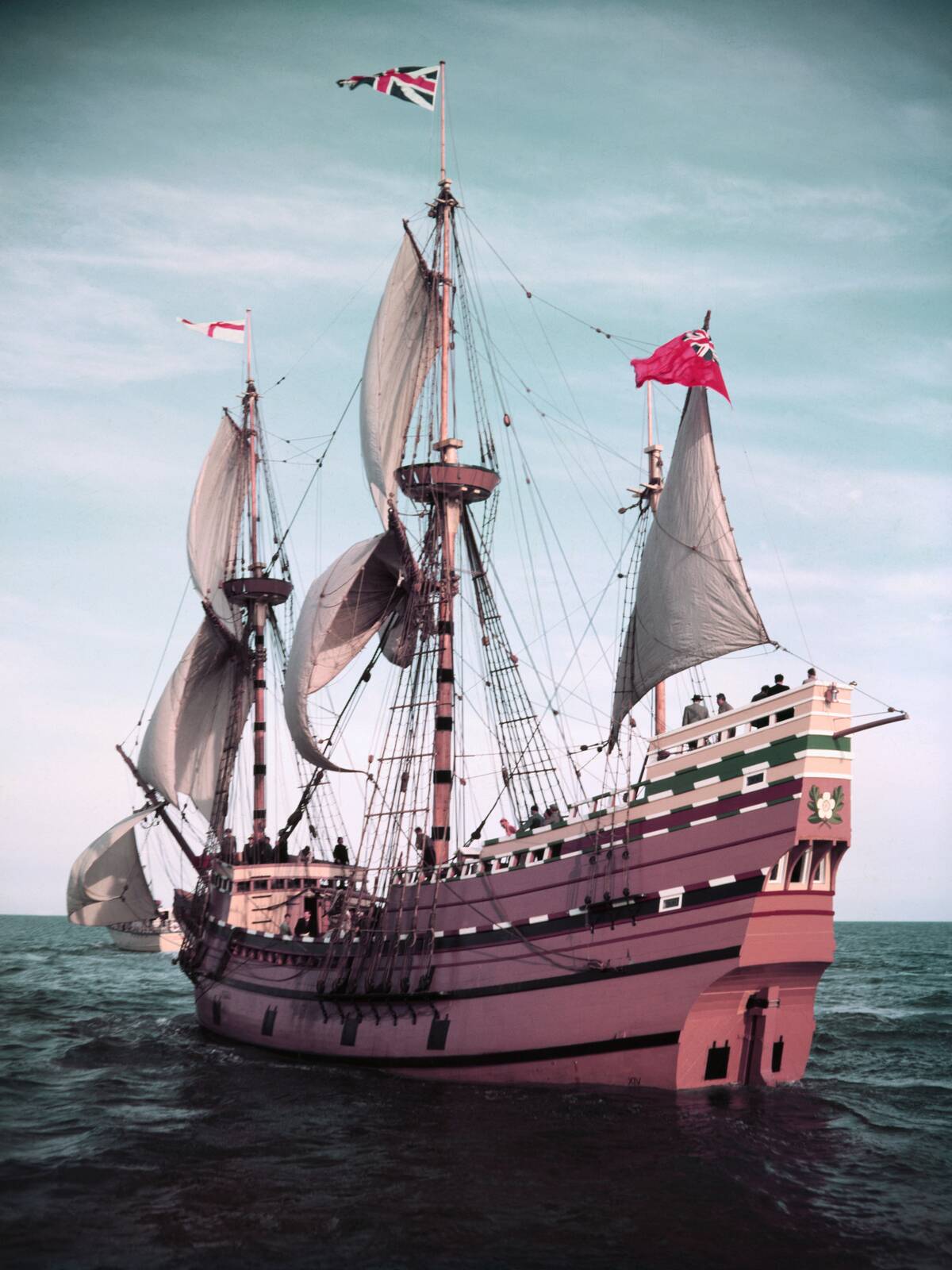
The Mayflower is more than just a ship; it represents the spirit of exploration and the quest for a better life. Its journey marked the beginning of permanent European settlement in New England.
The Pilgrims’ story is often romanticized, but the historical facts reveal a tale of struggle, survival, and determination. The Mayflower Compact, signed aboard the ship, laid the groundwork for democratic governance in the colonies.
The Pilgrims: Who Were They Really?
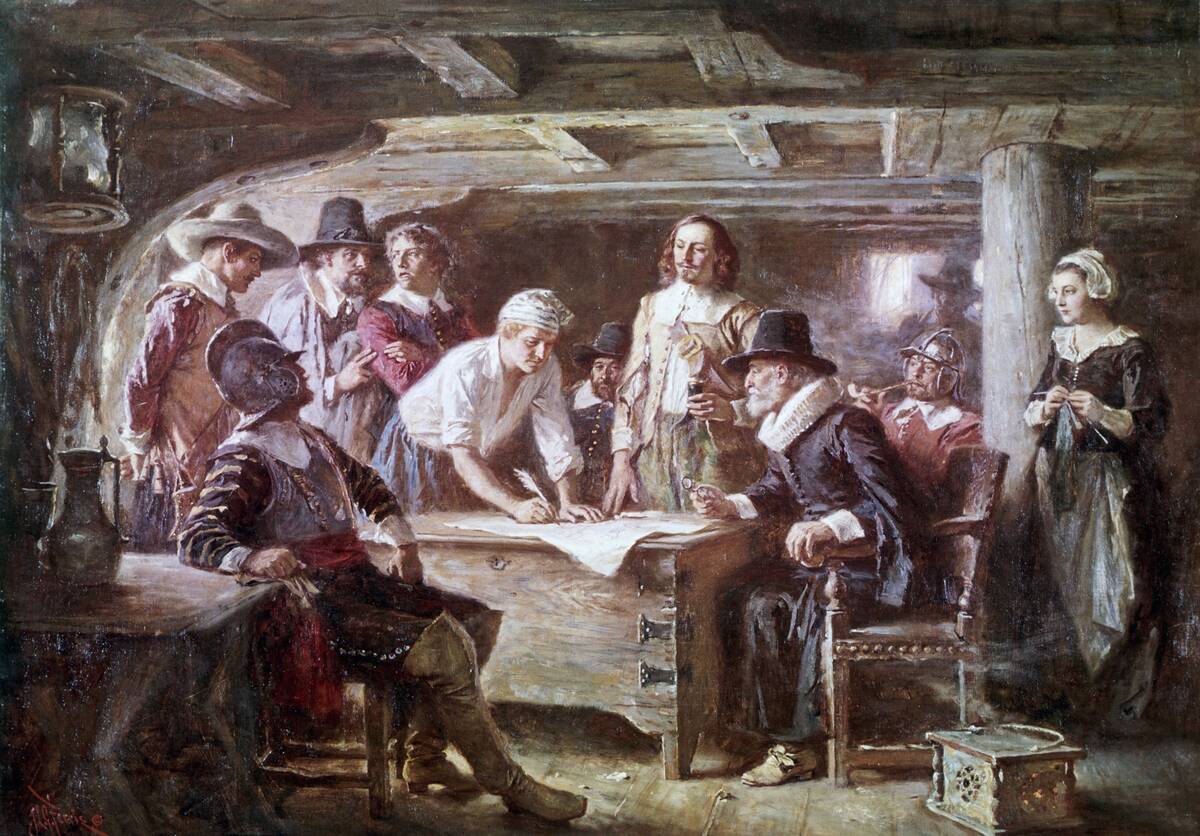
Often thought of as austere religious zealots, the Pilgrims were actually a diverse group. They were primarily Separatists seeking religious freedom, but they also included adventurers and tradesmen.
This mix of motivations and backgrounds helped shape the new community they would establish. While their religious convictions were strong, they were also practical people, willing to collaborate with others to survive in a new land.
The Mayflower: More Than Just a Ship
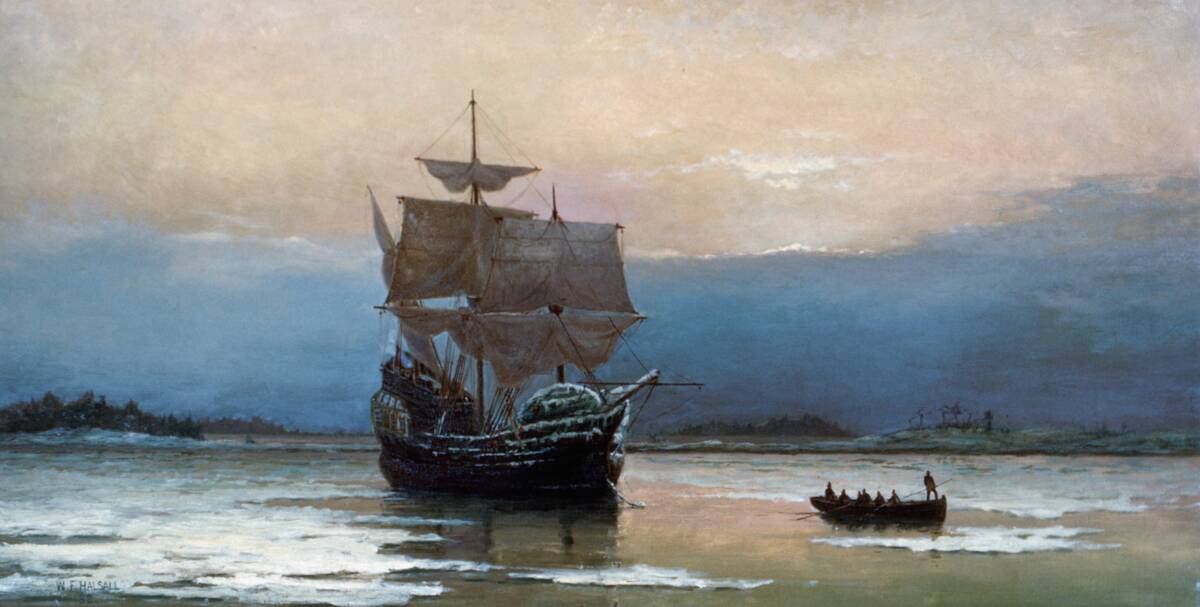
The Mayflower wasn’t originally built for transatlantic voyages; it was a cargo ship designed for shorter European trips. Measuring about 100 feet long and 25 feet wide, it was a cramped vessel for its passengers.
Despite its limitations, the Mayflower proved to be sturdy and reliable, ensuring a relatively safe crossing of the Atlantic. The ship’s design and construction were vital to the success of the Pilgrims’ journey.
The Perilous Voyage Across the Atlantic
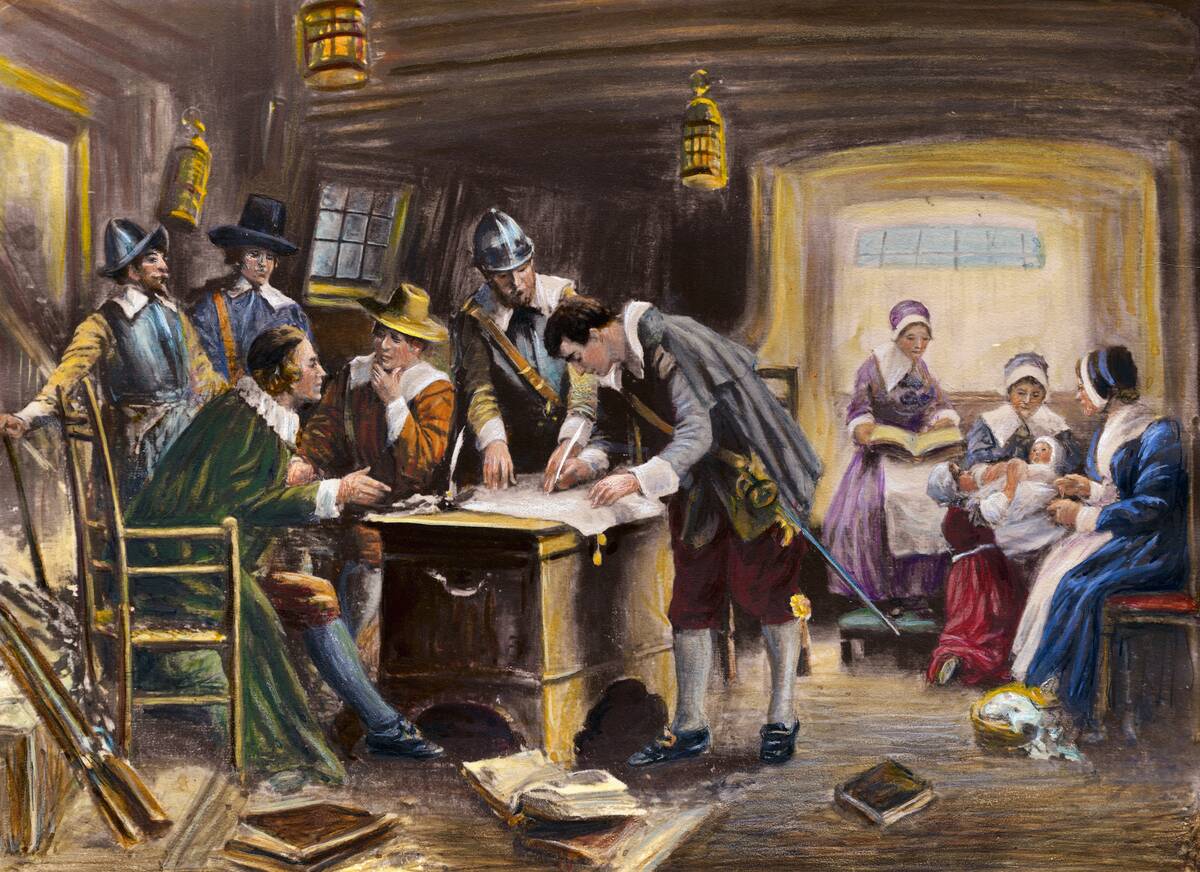
The Mayflower’s voyage was fraught with danger, as the Atlantic Ocean is notorious for its unpredictable weather. The crossing took 66 days, with passengers enduring storms, cramped conditions, and disease.
Despite these hardships, the Pilgrims managed to stay hopeful, driven by their vision of a new life in America. Their ability to persevere through these challenges is a testament to their resilience and determination.
Life Aboard the Mayflower: Not Exactly a Luxury Cruise
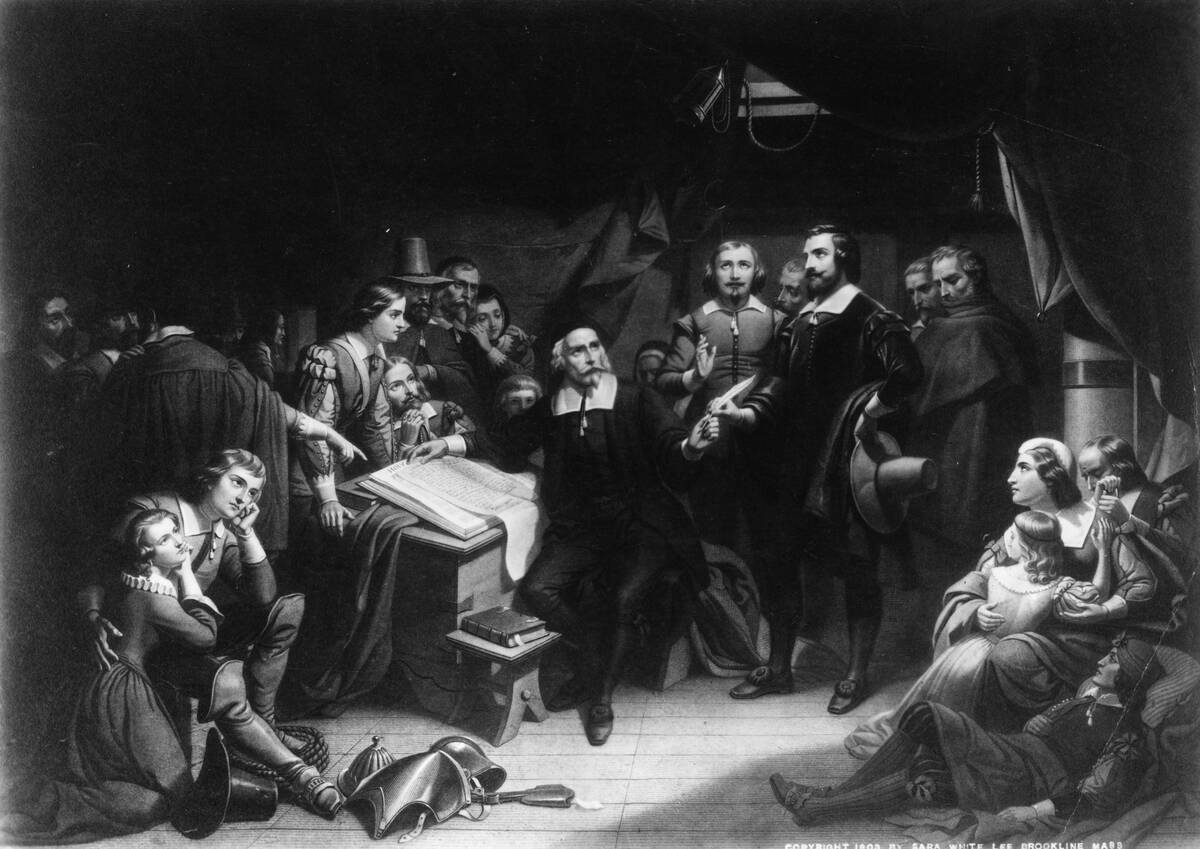
Life aboard the Mayflower was anything but comfortable. With over 100 passengers crammed into a single deck, privacy was nonexistent. Sanitation was a constant issue, leading to the spread of illness.
Despite these dire conditions, the passengers created a sense of community, sharing resources and supporting one another. The cramped quarters fostered a spirit of camaraderie, essential for their survival during the long journey.
The Mayflower Compact: A Compact Agreement
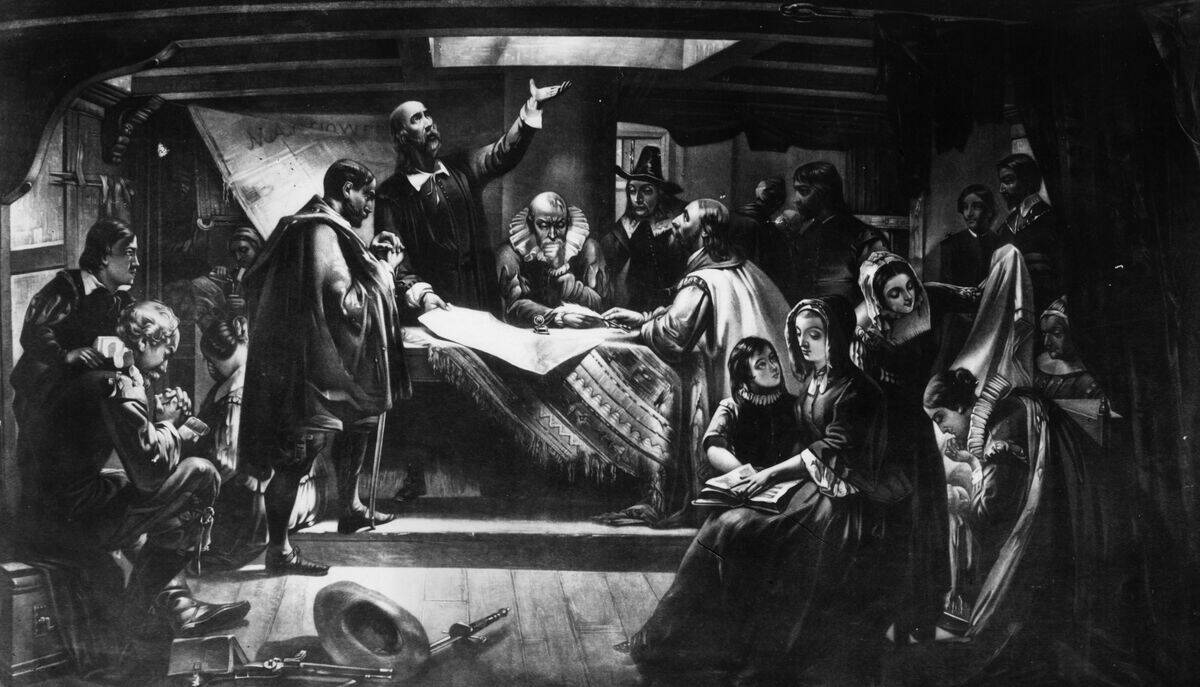
The Mayflower Compact was a groundbreaking document that established a form of self-governance in the New World. Signed by 41 male passengers, it was a social contract pledging cooperation for the good of the colony.
This agreement set a precedent for democratic rule and collective decision-making in America. The Compact’s importance is underscored by its influence on later constitutional frameworks, including the U.S. Constitution.
Navigational Challenges: The Route Less Traveled
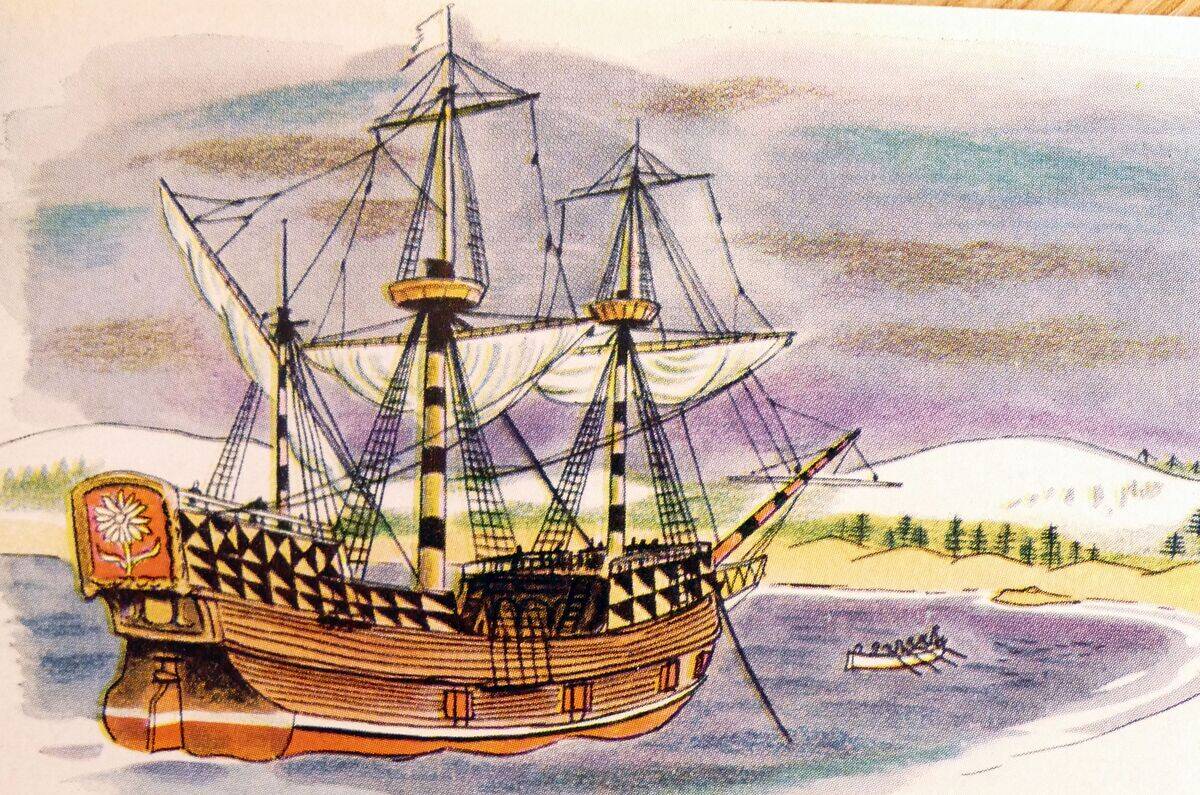
Navigating the Atlantic was no easy feat in the 17th century. The Mayflower’s intended destination was the Virginia Colony, but strong winds and navigational errors forced a change in course.
The ship eventually landed in Cape Cod, far north of their original goal. This unexpected detour led to the establishment of Plymouth Colony, demonstrating how chance occurrences can alter the course of history.
The Unexpected Landing at Plymouth Rock
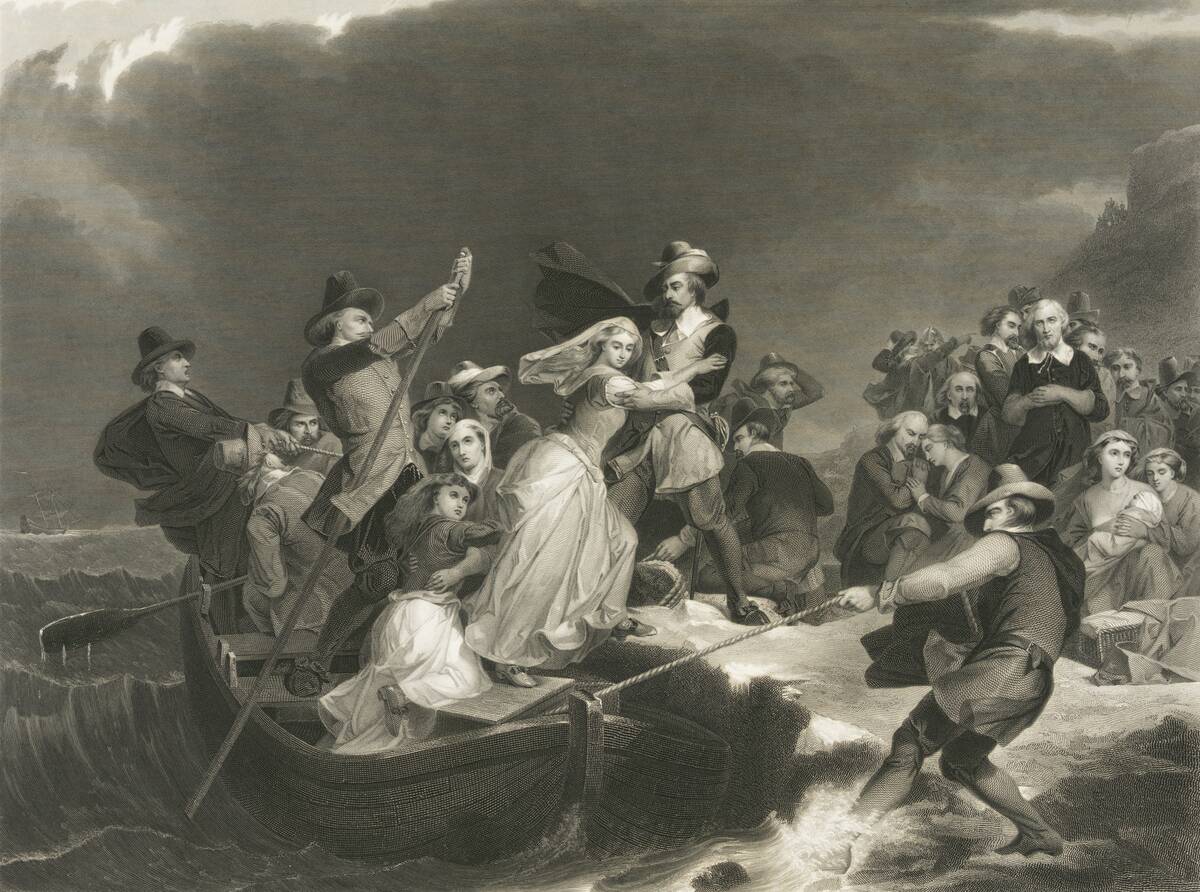
Plymouth Rock is famously thought to be the Pilgrims’ first step onto American soil, though historical records of this are sparse. The rock has become a symbol of their journey, representing the start of a new chapter in their lives.
The Pilgrims’ landing at this site was unplanned, yet it became the foundation of Plymouth Colony. This serendipitous landing spot played a crucial role in their survival and future success.
Meeting the Wampanoag: First Encounters

The Pilgrims’ first encounters with the Wampanoag people were vital for their survival. The Native Americans taught the newcomers essential skills like fishing and planting crops.
This relationship was instrumental in helping the Pilgrims establish a foothold in the New World, highlighting the importance of cooperation and cultural exchange. However, their relationship worsened the more the pilgrims outnumbered the Wampanoag.
The First Winter: Survival of the Fittest

The first winter in the New World was brutal for the Pilgrims, with harsh weather and inadequate shelter. Nearly half of the original passengers perished from disease and exposure. However, their resilience and determination to survive were unwavering.
The survivors learned to adapt, building stronger shelters and improving their food supplies. Their ability to endure these hardships laid the foundation for the future success of Plymouth Colony.
The Role of Squanto: A Helpful Stranger
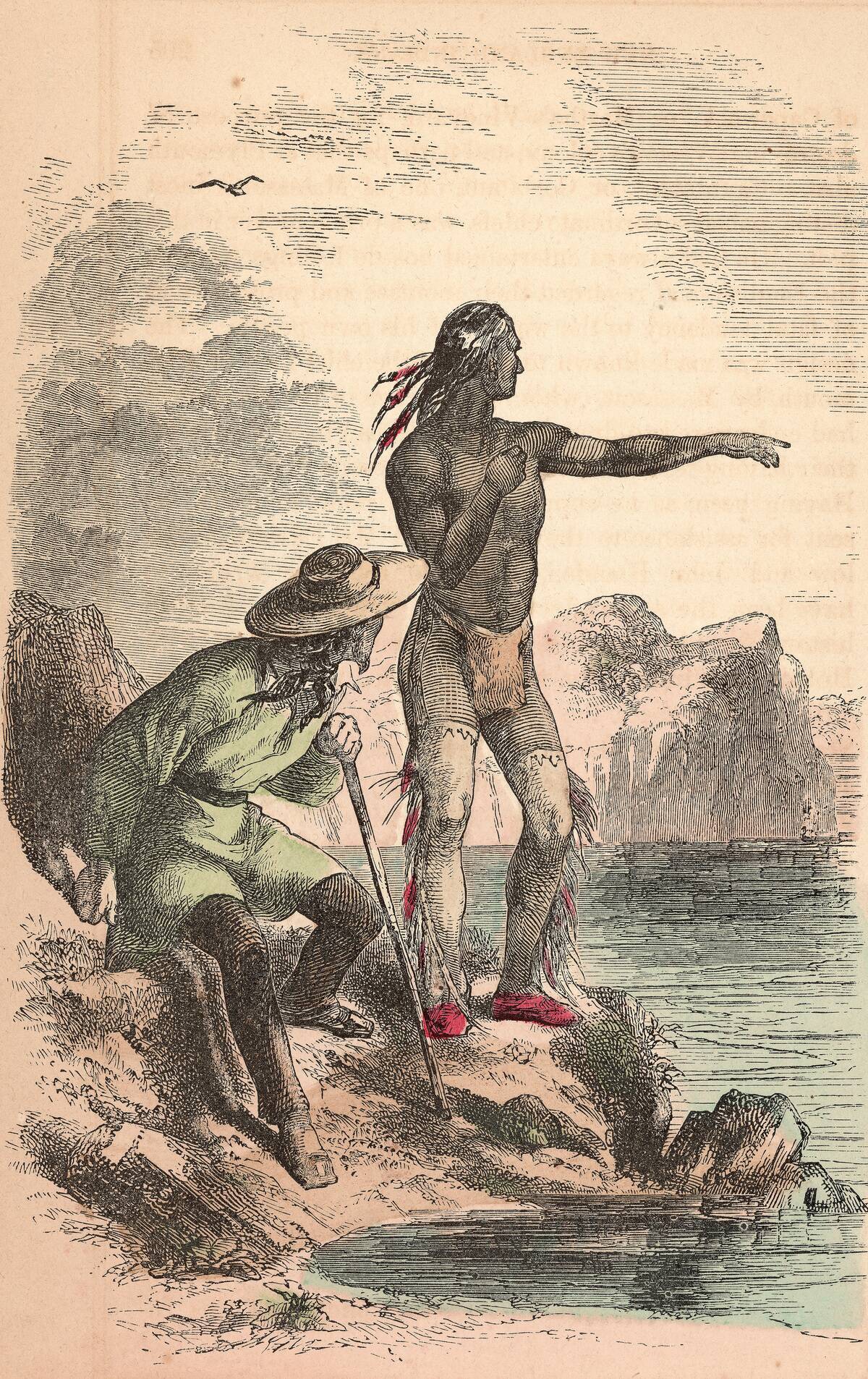
Tisquantum (who was more commonly known as Squanto), a member of the Patuxet tribe, played a pivotal role in the Pilgrims’ survival. Having learned English during his captivity in Europe, Tisquantum acted as an interpreter and guide.
He taught the Pilgrims crucial survival skills, such as how to plant corn and fish in the local rivers. His assistance was invaluable, fostering a spirit of cooperation between the settlers and the Native Americans.
The First Thanksgiving: A Feast to Remember
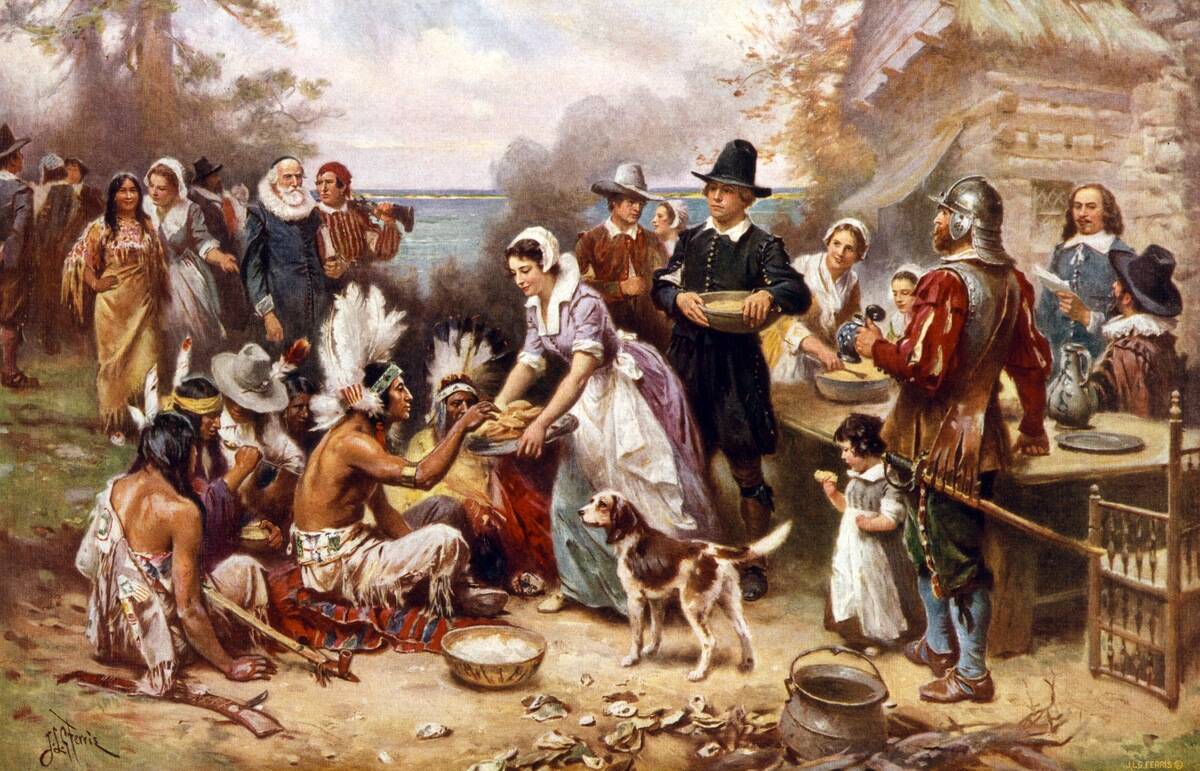
The first Thanksgiving in 1621 was a celebration of survival and collaboration. The Pilgrims, along with the Wampanoag, shared a three-day feast to give thanks for their successful harvest.
This event is often romanticized, with some historians arguing it didn’t happen at all, but it was a genuine (if brief) expression of gratitude and unity if it did. The legacy of this meal endures today, symbolizing the importance of community and the sharing of resources.
Myths and Misconceptions: Separating Fact from Fiction
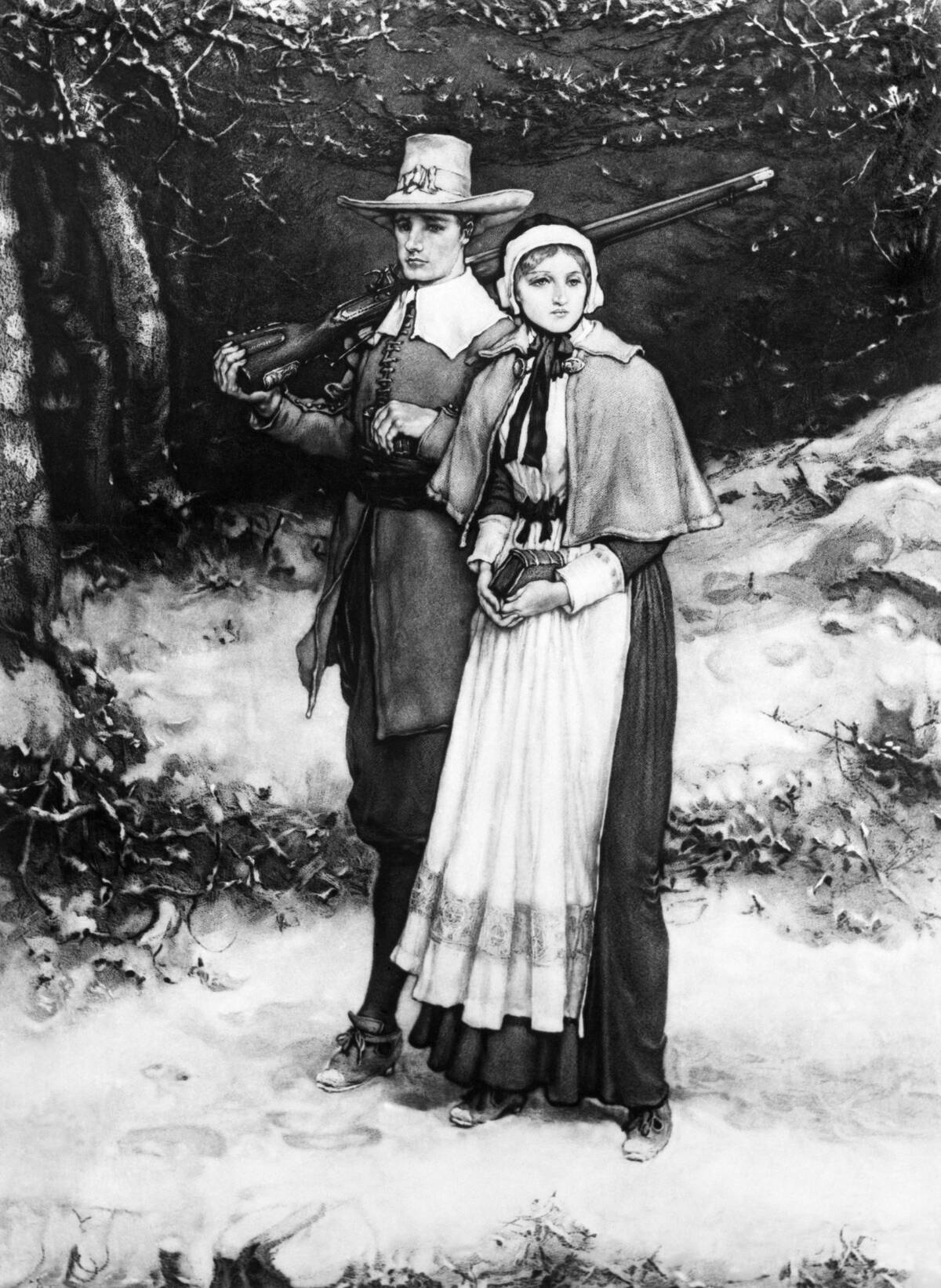
Many myths surround the story of the Mayflower and the Pilgrims. Contrary to popular belief, the Pilgrims were not the first Europeans in America, nor did they wear all-black attire. The Thanksgiving story has also been embellished over time.
By examining historical records, we can separate fact from fiction, gaining a clearer understanding of this pivotal moment in history. The truth is often more compelling than the myths.
The Legacy of the Mayflower and the Pilgrims
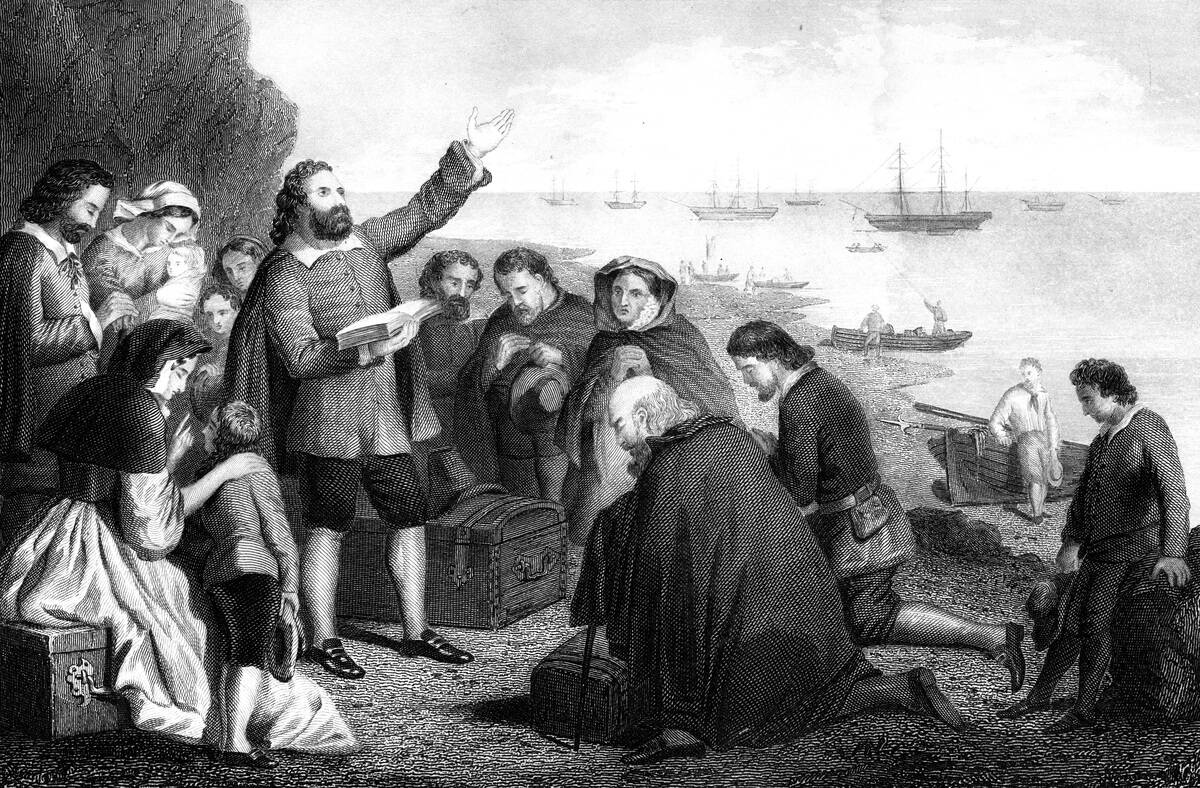
The legacy of the Mayflower and the Pilgrims is one of perseverance, hope, and the quest for a better life. Their story has become a symbol of American ideals such as freedom and democracy.
The Mayflower Compact laid the foundation for self-governance, influencing future generations. While their journey was fraught with challenges, their determination to create a new life in the New World continues to inspire.



